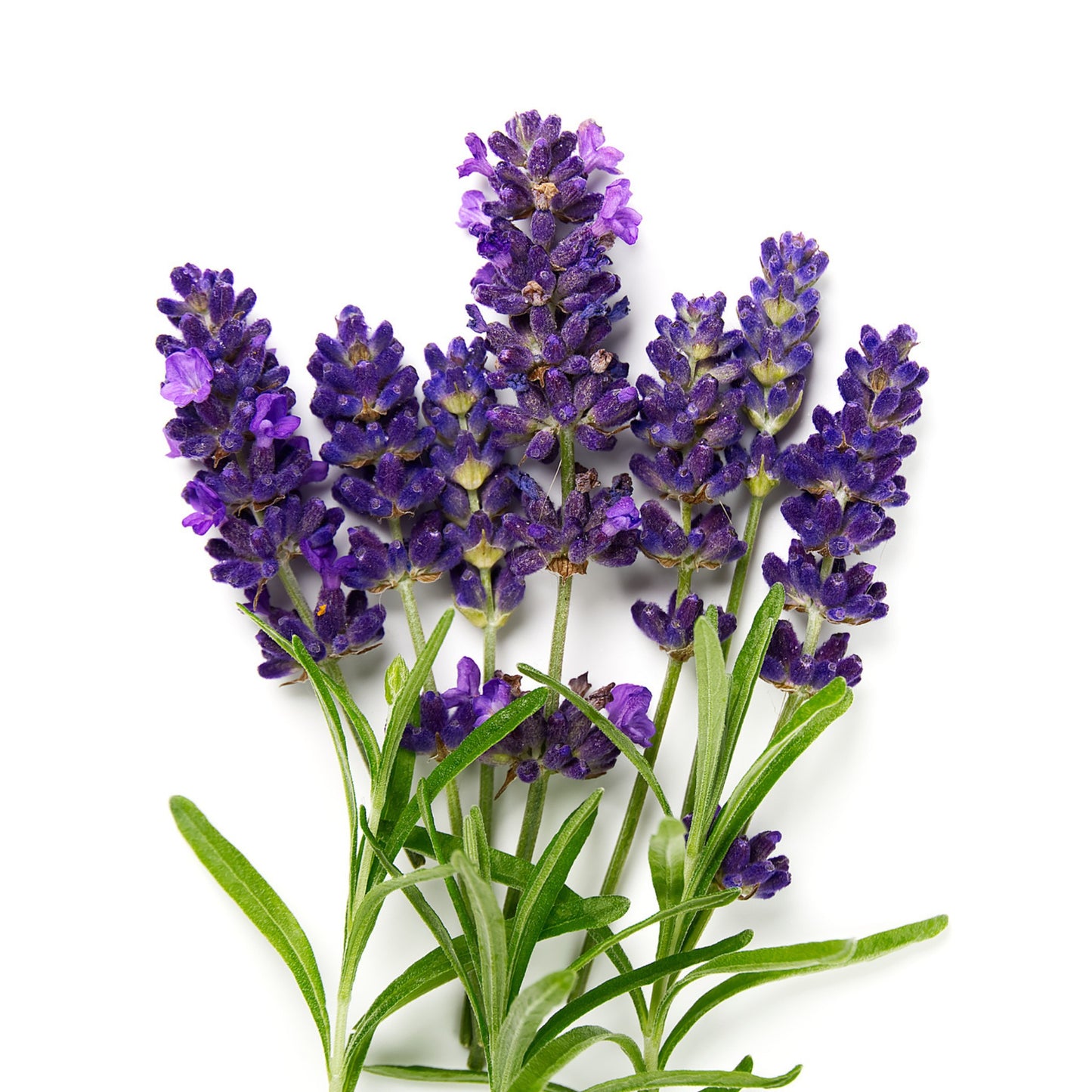Jonquil
True Englsh Lavender - 0.05 gram
True Englsh Lavender - 0.05 gram
Couldn't load pickup availability
True Lavender (Lavandula angustifolia), also known as English Lavender, is a classic herb prized for its fragrant purple flowers, silvery-green foliage. It’s a compact perennial that typically grows 30–90 cm tall and wide, depending on the variety.
Planting Time
Best planted in spring after the danger of frost has passed, or in early autumn in warmer climates.
Location & Soil
Choose a sunny spot — lavender needs at least 6–8 hours of full sun daily.
Prefers well-drained, sandy, or loamy soil.
Ideal soil pH: 6.5–7.5 (slightly alkaline).
Avoid heavy clay or soggy areas — lavender hates wet feet!
Planting
Space plants 30–60 cm apart to allow for air circulation.
If planting in pots, use a cactus or succulent mix or add sand/gravel to regular potting soil.
Watering
Water deeply but infrequently — about once a week until plants are established.
Once mature, lavender is drought-tolerant — water only when the soil is dry.
Avoid overwatering, as this can cause root rot.
Pruning
Prune lightly after the first bloom to encourage more flowers.
After flowering (late summer or early fall), trim back about one-third of the plant to maintain shape and prevent woodiness.
Fertilizing
Lavender thrives in lean soil — too much fertilizer will reduce fragrance and cause leggy growth.
A small dose of organic compost in the spring is usually enough.
Harvesting
Harvest blooms just before the flowers fully open for the strongest scent.
Cut stems in the morning after the dew has dried but before the heat of the day.
Dry bundles upside down in a dark, well-ventilated space.
Companion Planting
Pairs well with rosemary, thyme, and sage — all prefer similar growing conditions.
Acts as a natural pest repellent — great near vegetables to deter aphids and moths.
Share


